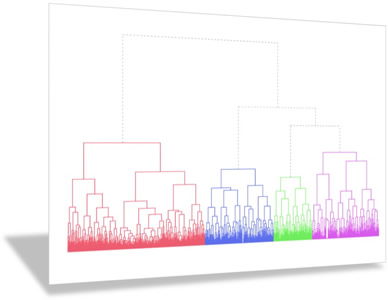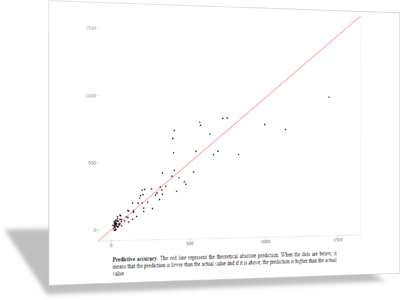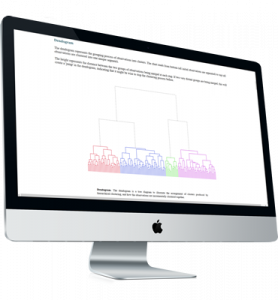Teaching brand management, branding

Brand management courses address the question of how the psychological aspects of an offering –the brand– affects the customer. Most brand management courses focus on how to build “inspired” brands, brands that convey a meaning or positive response by customers beyond the functional elements of the offering. Segmentation can help understand how different groups of customer see brands differently, while positioning analysis can help brand managers see where their brand and their competitors’ sit in the minds of customers.
If you are teaching brand management or branding these are the Enginius models and case studies we recommend for you…
Not familiar with Enginius yet? Click here to discover how Enginus can boost your teaching.

Segmentation
A good brand strategy is based on an understanding not only of what the average customer thinks about the brand, but what different customers and customer groups think. Segmenation provides tools to understand and leverage differences in brand attitudes and preferences to implement a brand strategy Cases to consider are Kirin and ISBM.

Positioning analysis
Positioning analysis enables firms to understand how individual customers and customer groups view their brand relative to competition. Cases like Kirin blend segmentation and positioning analysis and can provide continuity in a brand management class. Other cases to consider include ISBM, Blackberry Pearl, Can the Bunny Hop, Flip, Heineken, Infiniti G20 and Pacific Brands.



